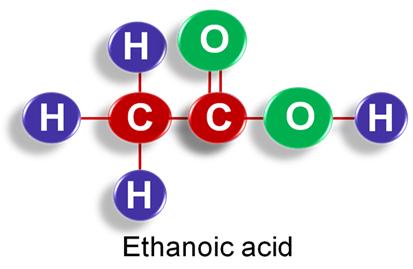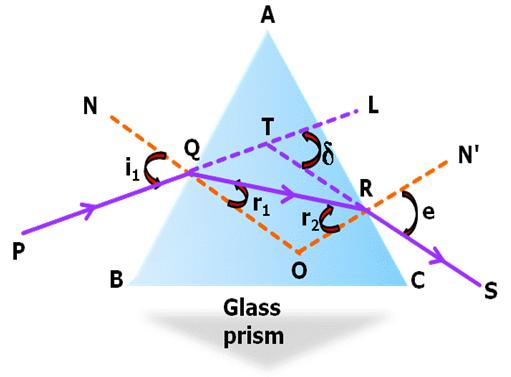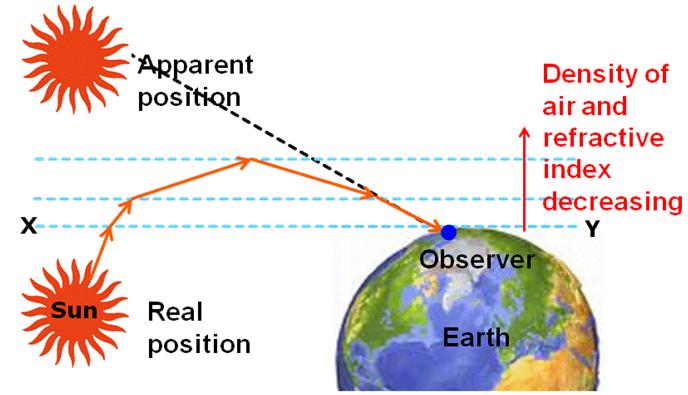Science:2011:CBSE:[All India]:Set-I
To Access the full content, Please Purchase
-
Q1
Give an example of a phenomenon where Tyndal effect can be observed.
Marks:1View AnswerAnswer:
When a beam of sunlight enters a dusty room through a window, then its path become visible to us.
-
Q2
Draw the structure for ethanoic acid molecule, CH3COOH.
Marks:1View AnswerAnswer:

-
Q3
What is meant by biological magnification?
Marks:1View AnswerAnswer:
Biological magnification is defined as the progressive accumulation of toxic chemicals such as DDT within each step of the food chain as one moves from one trophic level to another.
-
Q4
Give an example to illustrate that indiscriminate use of pesticides may result in the degradation of the environment.
Marks:1View AnswerAnswer:
Chemicals and pesticides are used to protect our crops from diseases and pests. These chemicals are either washed into the soil or into the water bodies. From the soil, these are absorbed by the plants and from the water bodies, these are taken up by aquatic plants and animals and are accumulated, for example – DDT.
-
Q5
State any four characteristics of the image of an object formed by a plane mirror.
Marks:2View AnswerAnswer:
The four characteristics of images formed by a plane mirror are:
(i) The image formed by a plane mirror is always virtual and erect.
(ii) Size of the image formed by plane mirror is equal to that of the object.
(iii) The image formed by plane mirror is at same distance behind the mirror as the object is in front of the mirror.
(iv) The image formed by plane mirror is laterally inverted. -
Q6
Draw a ray diagram to show the refraction of light through a glass prism. Mark on it (a) the incident ray, (b) the emergent ray and (c) the angle of deviation.
Marks:2View AnswerAnswer:

NO – The incident Ray
RS – The emergent Ray
 – Angle of deviation
– Angle of deviation -
Q7
Explain with the help of a diagram, how we are able to observe the sunrise about two minute before the sun gets above the horizon.
Marks:2View AnswerAnswer:
We are able to observe the sunrise about two minutes before the sun gets above the horizon because of atmospheric refraction in which light bends gradually as shown in figure.

-
Q8
How does the valency of elements vary
(i) in going down a group, and
(ii) in going from left to right in a period of the periodic table?Marks:2View AnswerAnswer:
(i) In going down a group, valency remains same, i.e., all the elements belonging to same group have same valency.
(ii) On moving from left to right in each period of the periodic table, valency of elements increases from 1 to 4 and then decreases to 0. -
Q9
In the modern periodic table, the element Calcium (atomic number=20) is surrounded by elements with atomic numbers 12, 19, 21 and 38. Which of these elements has physical and chemical properties resembling those of Calcium and why?
Marks:2View AnswerAnswer:
The atomic number of calcium is 20. Therefore, its electronic configuration is 2,8,8,2. Hence, calcium is placed in group-2 of the modern periodic table.
The electronic configurations of elements having atomic number 12 and 38 are 2,8,2 and 2,8,18,8,2 respectively. Due to same general electronic configuration, these two are also placed in group-2 and hence, these elements will have physical and chemical properties resembling those of calcium. -
Q10
List any four reasons for vegetative propagation being practiced in the growth of some type of plants.
Marks:2View AnswerAnswer:
Vegetative propagation is being practiced in the growth of some types of plants because:
i. Plants raised by vegetative propagation can bear fruits and flowers earlier than usual.
ii. It is the only means of reproduction for plants that have lost the capacity of producing seeds.
iii. Plants produced through this method have similar genetic characteristics of their parents.
iv. This method is also used for agricultural purposes in commercial production of some plants such as sugarcane, grapes.



